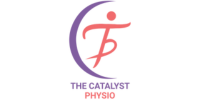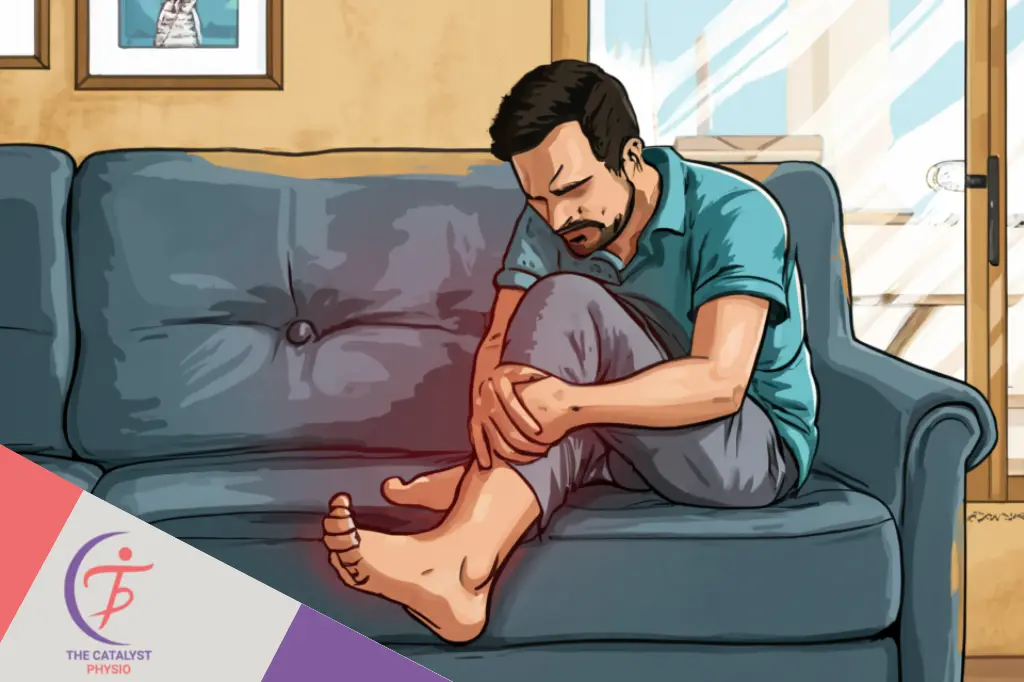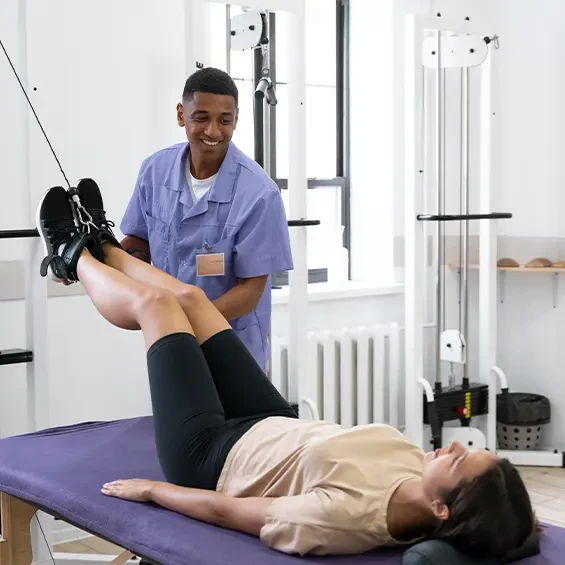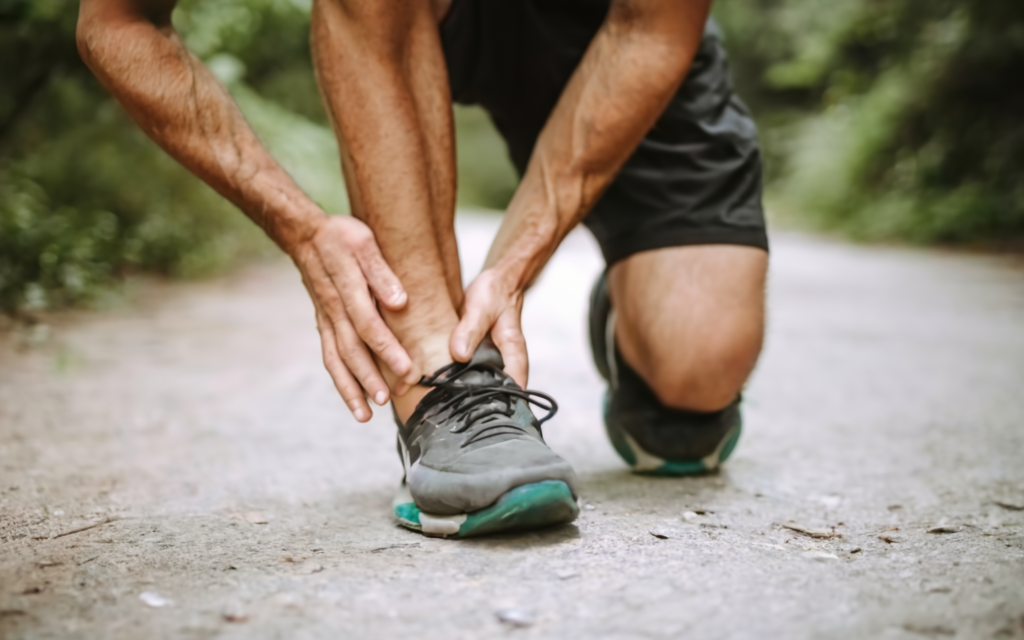Introduction to Heel Pain
Imagine waking up one morning, taking your first steps out of bed, and feeling a sharp pain in your heel. That’s heel pain. It’s a common issue that can make walking or standing uncomfortable.
Causes of Heel Pain
Heel pain can occur due to various reasons, and understanding these causes is crucial for effective treatment. One common cause is plantar fasciitis, which involves inflammation of the plantar fascia, a thick band of tissue that runs along the bottom of your foot. This inflammation can result from overuse, improper footwear, or biomechanical issues.
Another common culprit is Achilles tendinitis, characterized by inflammation of the Achilles tendon at the back of the heel. This condition often arises from overuse or sudden increases in activity levels.
Other factors contributing to heel pain include heel spurs, which are bony growths that develop on the underside of the heel bone, and stress fractures, which are tiny cracks in the heel bone typically caused by repetitive stress or impact.
Certain medical conditions like arthritis, nerve compression, or cysts may also lead to heel pain. Additionally, obesity, poor posture, and improper foot mechanics can exacerbate existing heel pain or contribute to its development.
Understanding Physiotherapy
Physiotherapy is a specialized healthcare profession that focuses on helping individuals restore movement and function when affected by injury, illness, or disability. It involves using physical methods such as exercise, manual therapy, education, and advice to improve a person’s physical health and well-being.
In simpler terms, physiotherapy is like a tailored exercise program for your body, designed to help you move better and feel better. Whether you’re recovering from surgery, managing a chronic condition, or rehabilitating after an injury, physiotherapy can play a crucial role in your recovery journey.
Physiotherapists are highly trained healthcare professionals who assess, diagnose, and treat a wide range of conditions affecting the muscles, bones, joints, and nerves. They work closely with patients to develop personalized treatment plans that address their specific needs and goals.
Physiotherapy isn’t just about treating the symptoms; it’s about identifying and addressing the underlying causes of pain and dysfunction. By targeting the root of the problem, physiotherapists can help individuals achieve long-lasting relief and improve their overall quality of life.
In essence, physiotherapy is about empowering individuals to take control of their health and well-being through movement and exercise. It’s a holistic approach to healing that considers the body as a whole, focusing on restoring balance, function, and mobility to help people live their lives to the fullest.
Benefits of Physiotherapy for Heel Pain
Let’s break down why physiotherapy is great for heel pain in simple terms:
- Pain Relief: Physiotherapy helps ease the ache in your heels. It’s like giving your feet a soothing massage or doing exercises that make them feel better.
- Improved Mobility: When your heels hurt, it can be tough to move around. Physiotherapy exercises and treatments can make it easier to walk and stand without feeling like you’re stepping on pins and needles.
- Prevention of Recurrence: Physiotherapy isn’t just about making the pain go away temporarily. It helps address the root cause of your heel pain, so it’s less likely to come back in the future.
- Faster Healing: By targeting the muscles and tissues in your feet, physiotherapy can help speed up the healing process. It’s like giving your body a little boost so it can repair itself quicker.
Common Physiotherapy Techniques
When you go for physiotherapy for your heel pain, you might do some stretching exercises to loosen up tight muscles. Strengthening exercises make your feet stronger. Massages and special machines called ultrasound machines can also help.
Stretching Exercises
Stretching exercises are like giving your muscles a good stretch, kind of like when you stretch your arms after waking up. They help loosen up tight spots in your feet and legs, making it easier to walk without pain.
Strengthening Exercises
Strengthening exercises are like workouts for your feet. They make the muscles in your feet stronger, which helps support your heels better and stops them from hurting so much.
Massage Therapy
Massage therapy is like giving your feet a nice, relaxing rubdown. It helps ease tension in your muscles and improves blood flow, which can help your heels feel better.
Ultrasound Therapy
Ultrasound therapy sounds fancy, but it’s actually pretty simple. It uses sound waves to give your feet a deep massage, which can help reduce pain and inflammation.
Taping Techniques
Taping techniques involve putting special tape on your feet to support them better. It’s kind of like putting a bandage on a sore spot to protect it while it heals.
Gait Analysis
Gait analysis involves observing your walking pattern to identify any abnormalities or issues. By assessing your gait, physiotherapists can determine the underlying causes of discomfort and develop appropriate interventions to address them.
Footwear Recommendations
Selecting appropriate footwear can significantly impact foot comfort. Physiotherapists may recommend shoes offering excellent support and cushioning to alleviate strain on your feet.
Lifestyle Modifications
Lifestyle modifications are just changes you can make in your daily life to help your heels feel better. This might include things like avoiding standing for too long or switching to different activities that don’t put as much pressure on your feet.
Prevention Tips
Preventing discomfort in your heels involves caring for your feet by wearing supportive shoes, avoiding excessive strain during activities, and maintaining a healthy weight to alleviate stress.
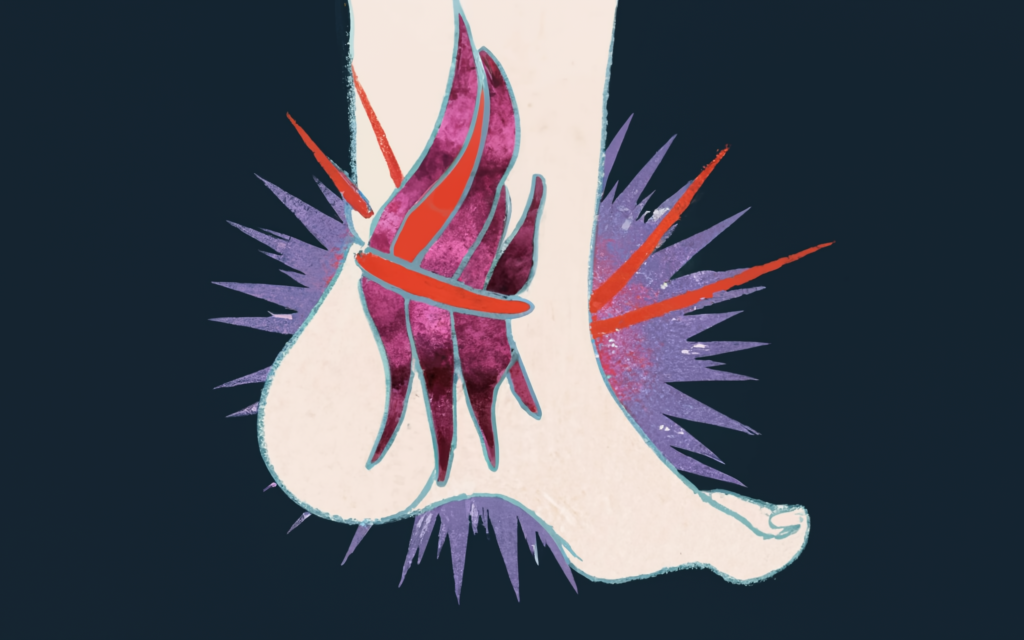
Conclusion
Physiotherapy can be a game-changer for heel pain. By using a combination of exercises, therapies, and lifestyle adjustments, you can find relief from discomfort and get back to enjoying life without the constant ache in your heels.
FAQs (Frequently Asked Questions)
- How do I get rid of the pain in my heel?
- To relieve heel pain, try stretching your calf muscles, wearing supportive shoes, and applying ice to the affected area. If the pain persists, consult a healthcare professional for further evaluation and treatment.
- Can you do physiotherapy at home?
- Yes, you can! Many physiotherapy exercises and techniques can be done at home with guidance from a physiotherapist. Just make sure to follow their instructions carefully to ensure effectiveness and safety.
- What do physiotherapists do at home visits?
- Physiotherapists provide personalized treatment and exercises tailored to patient’s needs, ensuring continuity of care and convenience in the comfort of their own homes.
- What is the role of a physiotherapist in-home care?
- Physiotherapists in-home care provide personalized exercises and therapies to improve mobility and manage pain, promoting recovery and independence in the comfort of one’s own home.
- Can I continue my regular activities while undergoing physiotherapy for heel pain?
- In most cases, individuals can continue with their daily activities while undergoing physiotherapy for heel pain. Your physiotherapist may guide modifications or restrictions based on your specific condition and treatment plan.
Dr. Priyanka Bharadwaj (Physiotherapist)
CB Home Physiotherapist: Dr Priyanka Bharadwaj is one of the best female physical therapy experts in Khanpur, Delhi. She offers Physiotherapy at home in Khanpur and nearby areas. With a well-established practice for home physiotherapy, she is an expert in the treatment of conditions such as Back Pain, Neck Pain, Knee Pain, Sciatica, Cervical Spondylosis, Disc Bulge, Frozen Shoulder, Arthritis, Osteoporosis, Muscle Weakness, Balancing Problems… Post-surgery rehab for Shoulder, Knee Surgery / TKR, Hip Replacement … and neurological issues like Stroke, Nerve Injuries, Bell palsy, Multiple Sclerosis, and Parkinson’s. Dr. Priyanka Bharadwaj has an overall experience of 2 Years in various hospitals & clinics.
Her main focus/expertise is in the field of General Physiotherapy but she has trained & worked across multiple specialties like General Physiotherapy, Pediatric Physiotherapy, Geriatric Physiotherapy, Vestibular Rehabilitation, Neurological Physiotherapy, Musculoskeletal Physiotherapy, Cardiovascular Physiotherapy, Pulmonary Physiotherapy, Sports Physiotherapy, Pre and Post Surgery, Rehabilitation, Dry Needling. She has experience working with a wide range of patients from children of small age to senior patients. Dr. Priyanka Bharadwaj is very compassionate and dedicated to patient well-being.
Qualification
Bachelor Of Physiotherapy
Manav Rachna International Institute of Research and Studies
Overall Experience in Years – 2
Connect with Us Online
Social Media:
Stay updated on our services, health tips, and community events by following us on Facebook. Connect with us, and join the conversation on how home care physiotherapy can contribute to a healthier lifestyle.
Online Form:
You can also fill out our online contact form on our website at The Catalyst Physio. Provide us with your details and inquiries, and we will get back to you promptly.
Your Health, Our Priority
At The Catalyst Physio, we prioritize your well-being. Whether you’re recovering from surgery, managing a chronic condition, or seeking preventive care, our dedicated team is committed to providing you with personalized, convenient, and transformative home care physiotherapy.
Contact us today, and let’s embark on the journey to optimal health together. Your well-being is our priority, and we look forward to being part of your path to recovery and sustained wellness.
